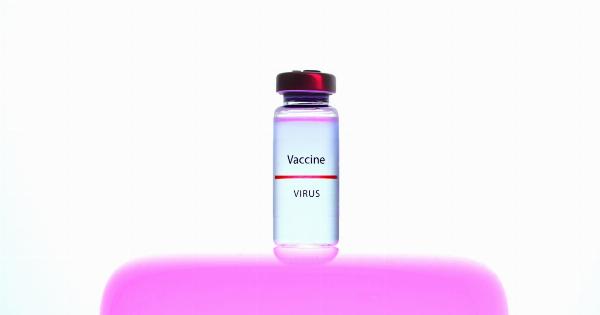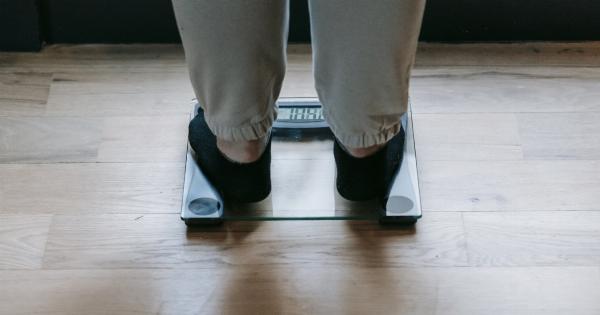Warts are common skin growths caused by human papillomavirus (HPV). They can appear almost anywhere on the body and come in several different types. Warts are usually harmless and can disappear on their own, but in some cases, they may require treatment.
Here are ten ways to identify warts on your skin.
1. Look for raised bumps on your skin
Most warts are raised bumps on the skin that may be small or large. They can be smooth or rough to the touch and can have a flat or rounded top surface. Warts can be different colors, including white, pink, flesh-colored, or brown.
They usually grow slowly and can appear individually or in clusters.
2. Check for warts on your hands and fingers
Warts are commonly found on the hands and fingers, particularly around the nails. These warts are called periungual warts and can be painful if they grow under the nail. Periungual warts can also cause the nail to grow in an irregular manner.
3. Look for warts on your feet
Warts on the feet are called plantar warts and are usually found on the soles of the feet. Plantar warts can be painful to walk on and may have a black dot in the center. This black dot is caused by bleeding within the wart and is not a sign of cancer.
4. Look for warts on your face and neck
Facial warts typically occur on the forehead, nose, and chin. They can also appear on the eyelids and lips. These warts are usually small and flesh-colored and may be difficult to see, especially if they are near the edges of the lips or eyelids.
5. Check for warts in your genital area
Genital warts are a sexually transmitted infection caused by HPV. They can appear on the genitals, anus, or mouth and can be flat or bumpy. Genital warts can be flesh-colored or have a grayish color and can be painful or itchy.
They should be treated by a healthcare professional.
6. Look for warts on the scalp
Warts on the scalp are called seborrheic keratosis and are usually not caused by HPV. They are non-cancerous growths that can be brown or black and can have a waxy or scaly texture.
Seborrheic keratosis is harmless but can be removed for cosmetic reasons.
7. Check for warts on the mouth or lips
Warts on the mouth or lips are called oral warts and are caused by HPV. They can appear on the inside of the mouth, tongue, or lips and can be flat or raised.
Oral warts can be painful or make it difficult to eat, so they should be treated by a healthcare professional.
8. Look for warts in your nose
Warts in the nose are called nasal papillomas and can be caused by HPV. They can grow inside the nose and cause breathing difficulties or a loss of sense of smell. Nasal papillomas should be treated by a healthcare professional.
9. Check for warts in your ears
Warts in the ear canal are called aural papillomas and can be caused by HPV. They can cause a discharge from the ear and hearing problems. Aural papillomas should be treated by a healthcare professional.
10. Look for warts on the eyelids
Warts on the eyelids are called eyelid papillomas and can be caused by HPV. They are usually small and flesh-colored and can be difficult to see. Eyelid papillomas should be treated by a healthcare professional.
Conclusion
Warts are common and usually harmless skin growths caused by HPV. They can appear almost anywhere on the body and come in several different types.
If you suspect you have a wart, it is important to have it checked by a healthcare professional to determine the best course of treatment.































